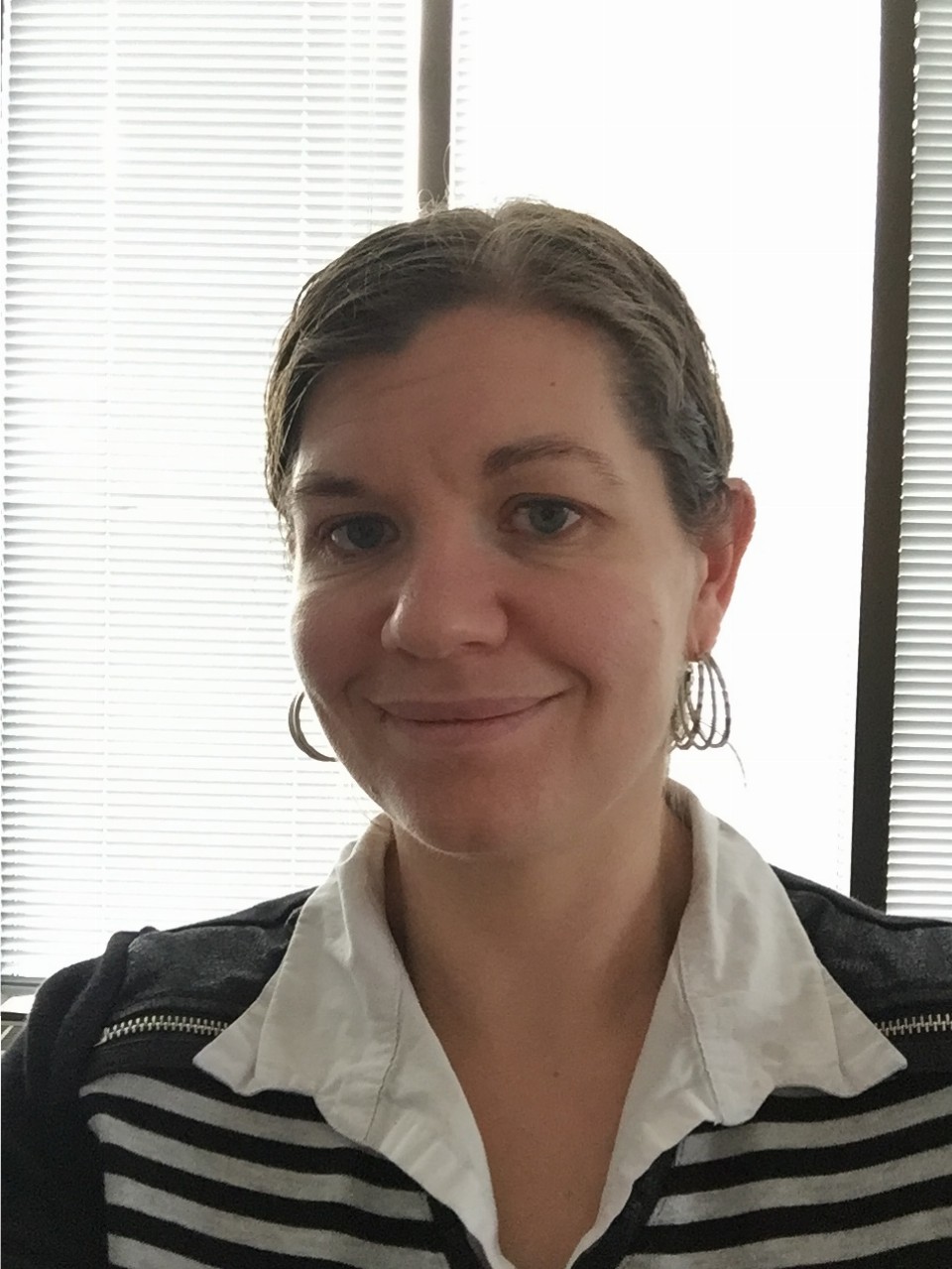Superheroes in Disguise: The Heroic Side of BRM
by Shilo Nosyk

As BRMs, we walk a fine line between the business and business functions like IT, HR, Finance, etc. On one hand, we have the knowledge of the inner workings of our business functions—we know the people, live the processes, see the potential, and know the weak spots. On the other hand, we also have an in-depth view of the business; we know their goals, see their struggles, understand their pain points, and bear witness when our business functions have an impact on their ability to execute their business, whether positive or negative. I’m not saying we’re all superheroes, but in the words of Spiderman, “With great power comes great responsibility.” As BRMs, we are in the unique position to enable great things for both the business and business functions.
After all, we are the ones who get to choose what to do with a perspective that no one else has. Ultimately, BRMs have the capability and the responsibility to help both business functions and the business realize their potential.
If we were superheroes, our first superpower would be translation. This almost goes without saying, but it’s worth repeating: not everyone understands the language of business functions. As BRMs, we can interpret, provide context, and fill in the missing pieces of the puzzle that communications sometimes lack. Conversely, we need to help the Provider understand how their work impacts other people, companies, and customers, because often individuals get focused on the task and forget the bigger picture—in other words, the reason why they are doing the work. BRMs bring back that visibility and remind the business functions that they exist for a business purpose. This is somewhat of an art, because the focus of all communication needs to help both sides connect their work to each other. Translation is the vehicle, but the purpose is to build that connection.
Building that deep connection with the business is fundamental to our role as BRM, but it comes with many challenges. If we were superheroes, time would be our Kryptonite. We want to be there for the business and we want to be seen as a strategic partner, but we also need to know where to draw the line. Although it can be difficult to know how deep we need to be within the business organization to affect change, success is about knowing where you have something to offer, and where you do not. BRMs generally serve multiple business units, so it is impossible to expect us to know and understand each unit’s business and strategies to the fullest. However, the key is to make the most out of our time at the table, and to make sure that we are providing the most value possible. Additionally, we need to prioritize the areas in which we can make the biggest impact—and make sure we save some time for our business functions, because they need us too!
After all, if we go back to our superhero alter-egos, our business functions would be our trusty sidekick. We depend on them to deliver, because our reputation is intertwined with theirs. We also have the ability to see them through the eyes of our business partner, meaning that we see not only the good, but also the bad. It is a difficult position to be in, as we don’t want to see the flaws of our business functions exposed, but we also want to see the business partner’s needs met so that their business can carry on. Since it is part of our role as BRMs to influence change, we need to ensure that we are communicating our unique insight back to the right people, who can then propel that change forward.
Sure, superheroes change the world, but as BRMs, we change two worlds—the world of the business, the world of the Provider, and most importantly, the way they interact and converge. In order to achieve such monumental results, we need to translate between the two groups, focus our time on the areas of the business that we can affect the most, and drive change within business functions—all while being purposeful in our actions and communications to ensure that we are serving the interests of both groups and helping them to converge. It is a fine line to walk, but it can be doubly rewarding to watch both organizations grow and succeed together.